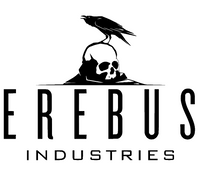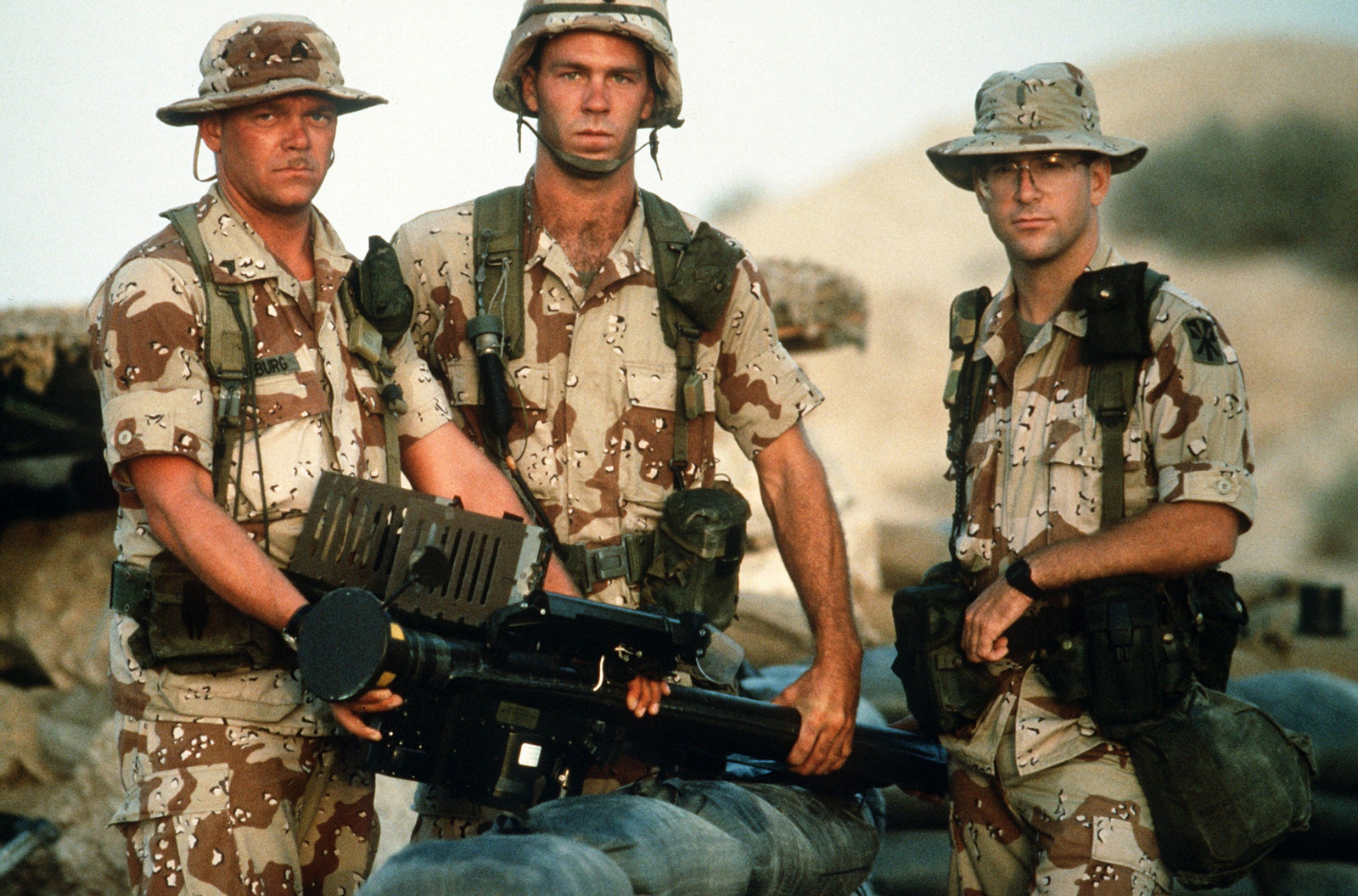The Evolution of the Modern Chest Rig
From Jungle Straps to Mission-Driven Loadouts
Where It All Started: Jungle Rigs and Duct Tape
The modern chest rig’s story begins in the jungles of Southeast Asia during the Vietnam War. Troops on both sides needed gear that was fast, accessible, and wouldn’t bog them down in the dense terrain. That need gave rise to early rigs like the Chinese Type 56 — a canvas carrier that held three AK mags, a few grenades, and not much else.
This minimalist design became the standard for the North Vietnamese Army (NVA) and Viet Cong, while American MACV-SOG units occasionally adopted captured Type 56s or made their own field-expedient versions with duct tape and canvas. They valued them for one reason: they worked.
Simple. Reliable. Battle-proven.
Rise of the Guerrilla Rig
Through the 1970s and '80s, the chest rig spread far beyond Vietnam. It became the load-bearing choice for guerrilla fighters and light infantry operating in harsh, often asymmetrical combat zones:
- In the Rhodesian Bush War, units like the Selous Scouts and Rhodesian Light Infantry used chest rigs built for speed and aggression. These rigs, often locally made, prioritized rapid reloads and ambidextrous access.
- Soviet-backed insurgents and national forces throughout Angola, Mozambique, and the Middle East relied heavily on the Type 56 and its variants.
- In Operation Entebbe (1976), Israeli Sayeret Matkal commandos were seen running streamlined rigs designed for close-quarters hostage rescue.
- The British SAS during the Falklands War (1982) favored minimalist chest loads that could adapt to jungle, urban, or amphibious operations.
If you fought light, moved fast, and didn’t expect reinforcements — you wore a chest rig.
The MOLLE Revolution
The late '90s and early 2000s saw a tactical transformation. With the rise of Modular Lightweight Load-Carrying Equipment (MOLLE), chest rigs evolved into full-fledged modular platforms.
- US Army Rangers, Force Recon, and Royal Marines embraced MOLLE rigs that could be reconfigured for direct action, reconnaissance, or vehicle ops.
- Eagle Industries rigs became a staple for DEVGRU and CAG operators during operations in Iraq and Afghanistan.
- LBT (London Bridge Trading) and Tactical Tailor provided modular rigs that evolved directly from battlefield feedback — whether on a rooftop in Fallujah or a mountaintop in Kunar.
Cordura, Fastex buckles, and laser-cut laminate replaced jungle canvas. Now, gear didn’t just carry what you needed — it adapted to what came next.
The rig was no longer a vest — it was a system.
The Age of Slick and Scalable
Post-2010, special operations and law enforcement drove the need for rigs that could disappear under a jacket or scale up onto a plate carrier.
- Spiritus Systems’ Micro Fight MK4 became the go-to for Green Berets, CIA GRS, and other low-vis operators working in Syria, Libya, and West Africa.
- Haley Strategic’s D3CRM, born from combat lessons in Iraq and Afghanistan, offered a plug-and-play insert system with real-world logic.
- Ferro Concepts’ Slickster and Crye Precision’s JPC/AVS platforms gave users the flexibility to wear a minimal rig one day and a full combat load the next.
These modern rigs weren’t just inspired by past designs — they redefined what “mission-adaptable” truly meant.
From blacked-out raids to disaster relief — the modern chest rig fits the mission, not the mold.
Where Erebus Comes In
At Erebus, we took that legacy and made it our foundation. Our rigs are tested by the people who wear them for a living: law enforcement officers, special operations veterans, and serious civilians who train like it counts.
- MKIV Chest Rig: Full-size loadout for duty and patrol
- MKII Chest Rig: Leaner, MOLLE-ready, mission-flexible
- Slick Rig: No bulk. No bounce. Pure speed.
- Tracker Rig: Built for armor integration with 10x12 plate support
We don’t build museum pieces. We build for today’s fight.
Final Word
From jungle trails in Vietnam to covert raids in Syria, the chest rig has earned its place in history — and on your chest. It’s not just gear. It’s a mindset.
If you’re running an Erebus rig, you’re carrying a legacy — upgraded.






